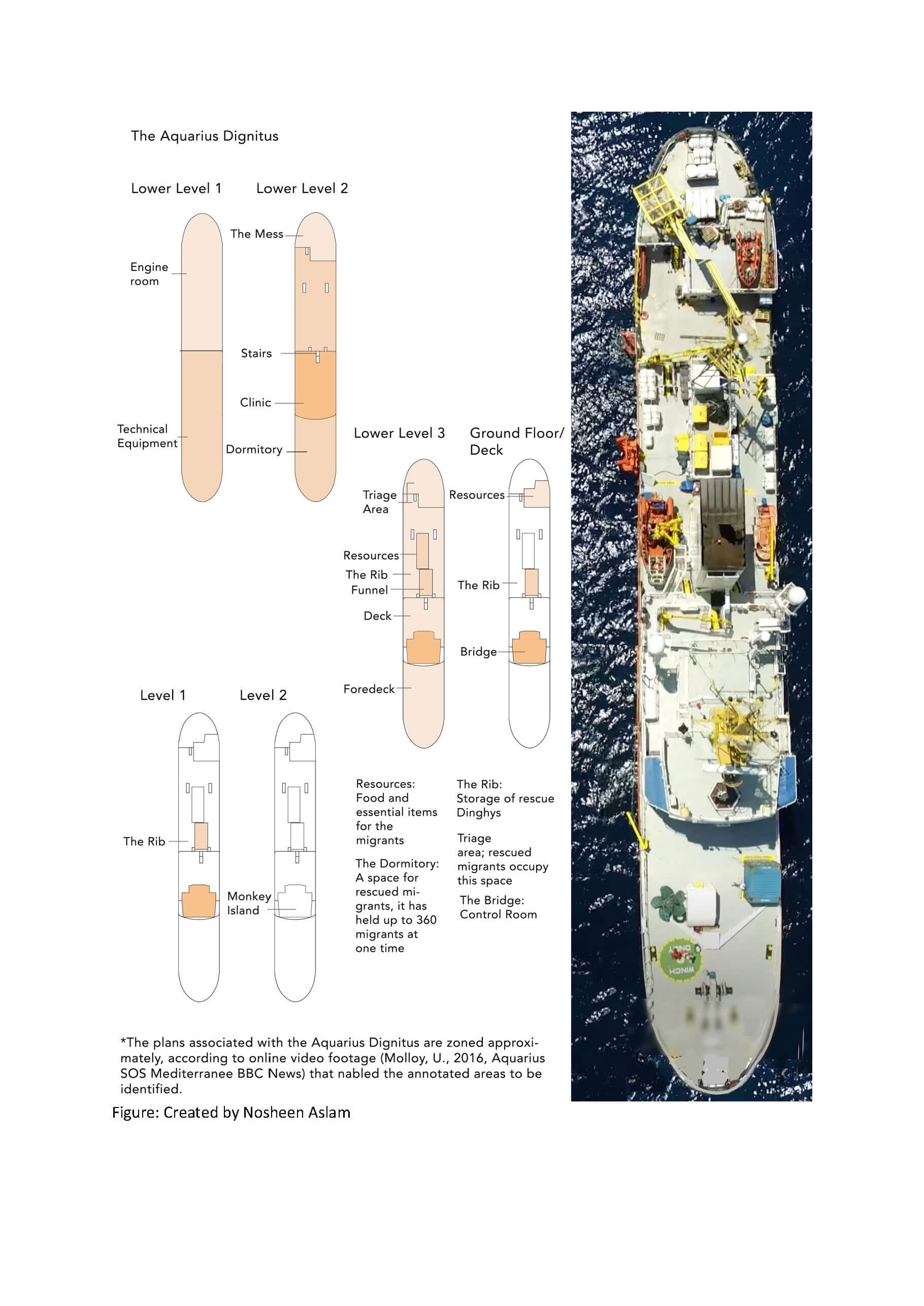
We respect your privacy. We use non-sensitive information such as cookies and device identifiers to insure that we give you the best experience on our website. You can agree to allow cookies or opt out.


As a Course Unit Leader at the University of Manchester, I convened a Research 1: Methods workshop and two Research 2: Dissertation groups for the Manchester School of Architecture (MArch). This series of research-led postgraduate taught units introduce first-year MArch students to STS-informed architectural research.
The work of philosopher Gilbert Simondon (Combes, 2012; De Boever et al., 2012; Simondon, 1958/2017) is profound in understanding how technical objects evolve in relation to humans, nature, and the advanced functions required by modern society. Simondon’s technical object is a conceptual category for the mechanical and electronic functional synergies that generate machines and connect us in a highly networked social mode. Written in the mid-twentieth century and translated to English recently, the philosophy of Simondon has been employed in science and technology studies and the social sciences but not widely explored in architectural theory. One way to employ such a philosophy of technology in architectural and urban studies is to connect technical objects with architectural and urban qualities to an expansive field of body-machine-environment relationships (see my PhD Thesis). This allows us to think of (post)humans and their activities as enclosed/inscribed/associated with their environments, be they buildings, cities, or vehicles.
This Dissertation Group discusses how Simondon (1958/2017) understands the technical object through his theory of individuation, particularly focusing on the concepts of concretization and the techno-geographic milieu. We study the technical thought (i.e., technics) of enclosing/inscribing/associating bodies with their environments in the figures of the building, the city, and the vehicle. We will then connect this line of thinking to theorize the architectural as types of associations (after Yaneva, 2017). There is a broad scope for individual dissertation proposals interested in studying how human bodies and machines co-exist and their relations evolve within complex notions of space, infrastructure, and built environment.
Download >>> Research 2 Syllabus: Architecture & Technics

Page from Aslam’s dissertation mapping the architecture of the sea-refugee-rescue ship Aquarius Dignitus (2021)

Page from Meighan’s dissertation mapping ethnographic work in the MSA’s B15 Workshop (2022)
2019-2020 Student Dissertations:
01\\\ The Architecture of Rescue: An Exploration of the Refugeeness of Sea-migrants through Socio-technical Analysis of Their Journey at Sea (Nosheen Aslam)
02\\\ Technical Realities of Digital Citizenship: Learning from the Architecture, Processes and Technics of Digital Certificates in Blockchain (Zhe Han Law)
03\\\ The Fall of ‘Smart Lampposts’ in Hong Kong: An investigation into the role of citizens within the ‘Smart City’ Development in Hong Kong (Lok Hang Harry Chan)
04\\\ Ornamental Attachments: How Architecture Situates the Urban Experience (Trisha Pradhan)
05\\\ Pandemic Architecture: How Society Has Adapted Its Use of Architecture to Meet the Challenges of COVID-19 and the Detrimental Impact It Has Had on the Mental Health and Wellbeing of University Students (James Chant)
06\\\ Learning from Emergency Construction Models: The Thunder God Mountain Hospital Case Study from Wuhan, China (Yan Zhu)
2020-2021 Student Dissertations:
01\\\ Prosthetic Architectures: How does Prosthetic technology transform architectural thinking? (Shaan Singh)
02\\\ Alienation in Design: How Generative Design Changes the Relation Between Architect and Architecture (Jianxuan Wang)
03\\\ Sociotechnical Pedagogical Environments: How the B15 Workshop’s 3D Printer Teaches Students at the Manchester School of Architecture (Connor Meighan)
04\\\ The Pedagogy of Technology and Efficiency: An Observation of Teaching a DfMA Studio at the Manchester School of Architecture (Jiawei Liu)
05\\\ The Relationship between BIM and Architects: Can BIM Replace the Role of Architects in the Architecture, Engineering and Construction Industry? (Zeyu Che)